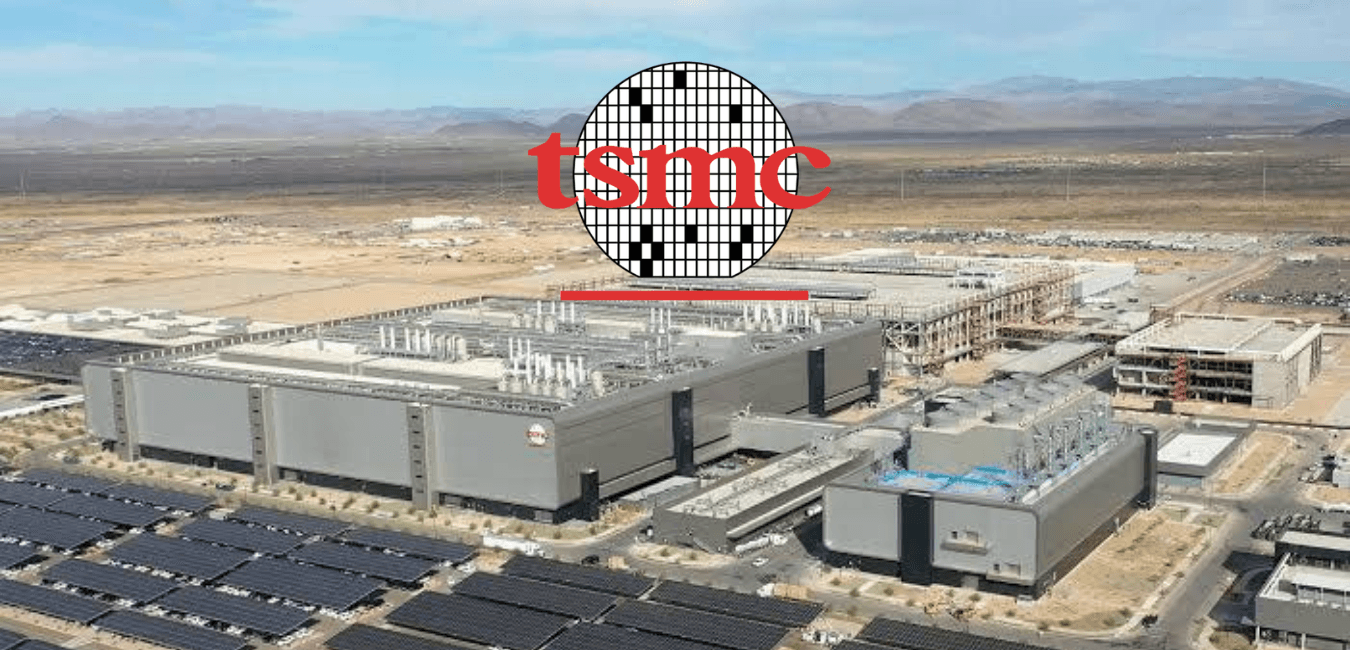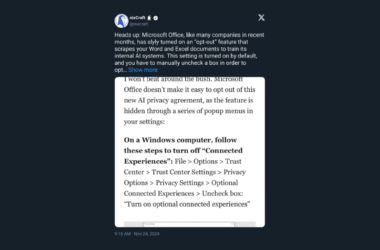In a groundbreaking development for the U.S. semiconductor industry, Taiwan Semiconductor Manufacturing Company (TSMC) has started production of 4nm chips in Arizona. This initiative, backed by a $6.6 billion grant, aims to revolutionize chip manufacturing in the U.S. by 2025, with a focus on powering future Apple devices. The move is part of a larger strategy to increase the U.S. production of leading-edge semiconductors, with ambitions to reach 20% of global output by 2030, as stated by U.S. Commerce Secretary Gina Raimondo.
Table of Contents
- The Significance of TSMC’s Arizona Facility
- Apple’s Role and the Future of U.S. Chip Manufacturing
- Challenges and Opportunities
The Significance of TSMC’s Arizona Facility
TSMC’s Arizona facility represents a monumental shift in the semiconductor landscape, bringing advanced chip manufacturing directly to U.S. soil. Here’s why this development is pivotal:
- Economic Impact: The establishment of this facility promises to create thousands of jobs, both in construction and in the high-tech manufacturing sector. The economic ripple effect is expected to be significant, fostering growth in local communities and bolstering the national economy.
- Technological Advancement: By producing 4nm chips, TSMC introduces one of the world’s most advanced semiconductor technologies to the U.S. This not only reduces the country’s reliance on foreign manufacturing but also positions the U.S. at the forefront of technological innovation in chip production.
- National Security: Semiconductors are critical to various sectors including defense, automotive, and consumer electronics. Domestic production enhances national security by ensuring a stable supply of these vital components, especially in light of global supply chain vulnerabilities highlighted during recent crises.
Apple’s Role and the Future of U.S. Chip Manufacturing
Apple’s involvement with TSMC’s Arizona plant is central to understanding the broader implications of this move:
- Innovation Boost: Being closer to the manufacturing source could streamline Apple’s innovation process, reducing the time from design to market. This proximity could lead to faster iterations and enhancements in Apple’s product lineup, leveraging the cutting-edge capabilities of the 4nm process.
- Supply Chain Resilience: The geopolitical tensions, especially concerning Taiwan, have underscored the need for diversified manufacturing locations for tech giants. Apple’s reliance on TSMC for its custom chips means that this Arizona facility will significantly enhance the resilience of Apple’s supply chain, mitigating risks associated with international trade disputes or regional instability.
- Government Support: The CHIPS and Science Act funding showcases a strong commitment from the U.S. government to revitalize domestic semiconductor production. Raimondo’s vision for the U.S. to capture 20% of the world’s leading-edge chip market by 2030 is supported by initiatives like TSMC’s Arizona project, which are crucial for achieving this goal.
Challenges and Opportunities
While the establishment of TSMC’s Arizona facility is promising, it comes with its set of challenges and opportunities:
- Workforce Development: One of the significant challenges is developing a workforce skilled enough to operate and maintain such advanced manufacturing facilities. This presents an opportunity for educational institutions to tailor programs towards semiconductor technology, fostering a new generation of tech-savvy professionals.
- Geopolitical Considerations: The geopolitical landscape, particularly the relationship between Taiwan and China, adds complexity to TSMC’s operations. However, this also provides the U.S. an opportunity to become a more attractive destination for high-tech manufacturing, potentially drawing more international companies to invest in American soil.
- Environmental Impact: TSMC has committed to sustainability in its operations, which includes using renewable energy sources in Arizona. This approach not only addresses environmental concerns but also sets a precedent for eco-friendly practices in the semiconductor industry, offering a model for future industrial projects.
The move by TSMC to Arizona, backed by significant governmental support and driven by the needs of tech giants like Apple, is reshaping the landscape of semiconductor manufacturing in the U.S. As we approach 2025, the implications of this shift will unfold, potentially setting new standards for technology production, economic development, and national security in the sector.









